The Ultimate Guide To Companion Planting Brassicas
The Ultimate Guide to Companion Planting Brassicas
Brassicas are a large and diverse group of vegetables that includes cabbage, broccoli, cauliflower, Brussels sprouts, kale, collard greens, and turnips. These plants are all members of the Brassicaceae family, and they share a number of common characteristics.
One of the most important things to know about brassicas is that they are susceptible to a variety of pests and diseases. This is why it is so important to plant them with companion plants that can help to deter pests and diseases, and improve their overall health.
In this guide, we will discuss the best companion plants for brassicas, and how to use them to create a thriving garden.
What are Companion Plants?
Companion planting is a gardening technique that involves planting different types of plants together in order to benefit each other. Some companion plants can help to deter pests, while others can help to improve the soil quality or the flavor of the vegetables.
There are a number of different factors to consider when choosing companion plants for brassicas. For example, you will need to think about the pests and diseases that are common in your area, as well as the needs of the individual plants.
Best Companion Plants for Brassicas
Some of the best companion plants for brassicas include:
- Alliums: Alliums, such as onions, garlic, and chives, are great companion plants for brassicas because they help to repel pests. The strong scent of alliums can mask the smell of brassicas, which makes them less attractive to pests.
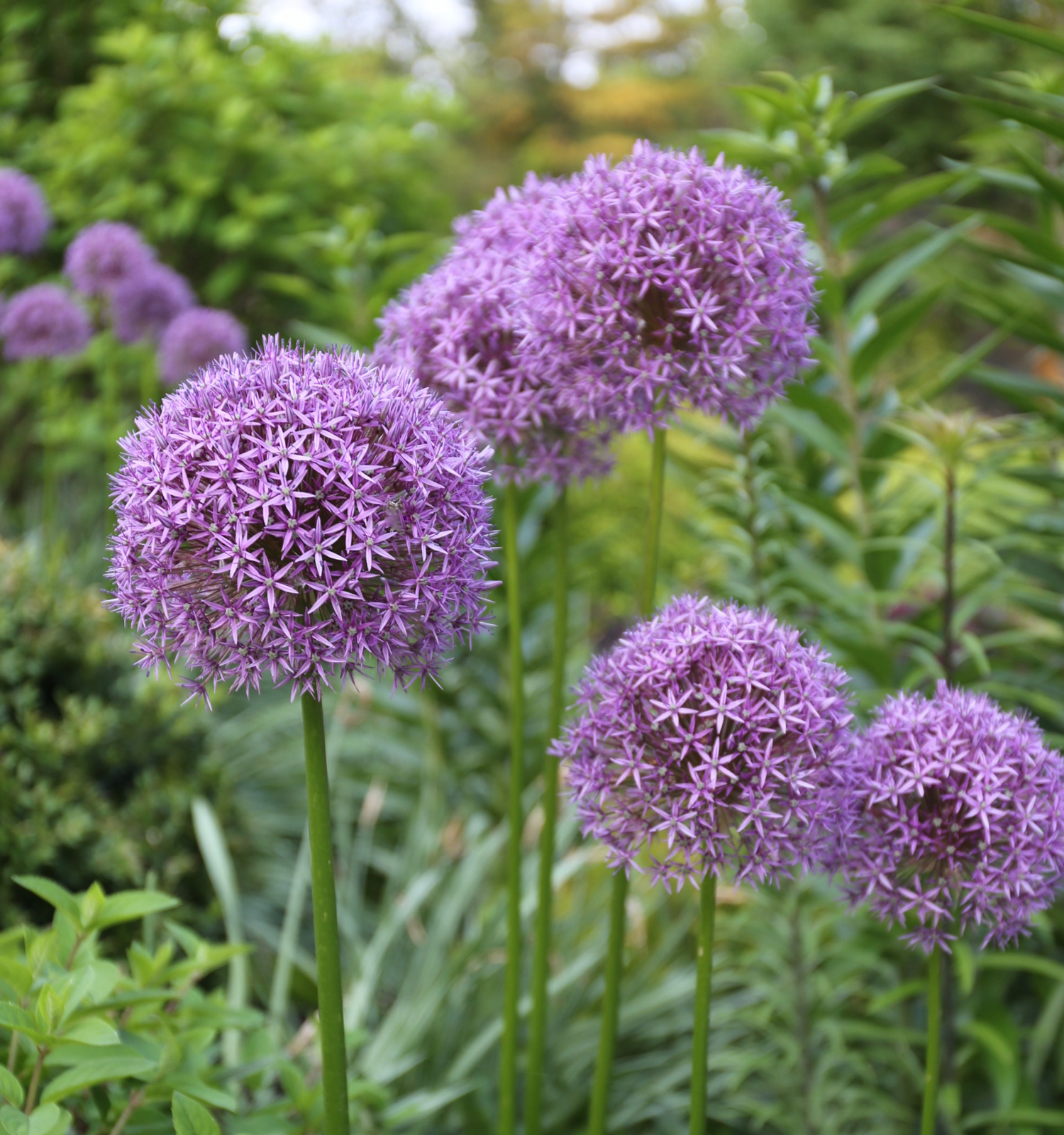
- Legumes: Legumes, such as beans, peas, and lentils, are nitrogen-fixing plants. This means that they can help to improve the nitrogen levels in the soil, which is beneficial for brassicas.
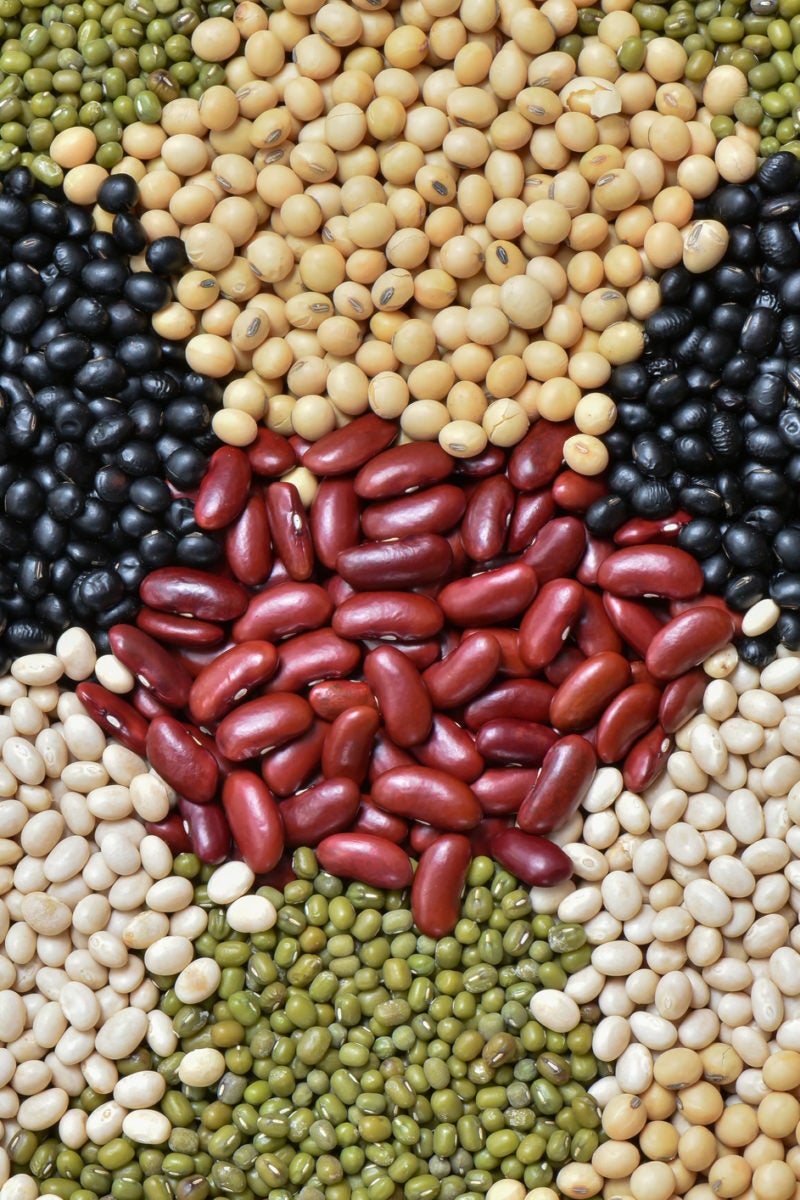
- Herbs: A number of herbs can be good companion plants for brassicas. For example, rosemary, sage, and lavender can help to repel pests, while dill and chamomile can help to improve the flavor of the vegetables.

- Lettuce: Lettuce is a fast-growing crop that can be planted between brassicas. This helps to fill in the gaps in the garden, and it also provides a source of food for pests, which can help to keep them away from the brassicas.
- Marigolds: Marigolds are another great companion plant for brassicas. They help to repel a number of pests, including aphids, whiteflies, and cabbage moths.

How to Use Companion Plants
There are a number of different ways to use companion plants in your garden. You can plant them directly next to each other, or you can interplant them. Interplanting is a technique where you plant different types of plants in the same row. This helps to create a more diverse garden, and it also helps to deter pests.
When planting companion plants, it is important to consider the size of the plants. Some plants, such as brassicas, can grow quite large. If you are planting them with other plants, make sure that they have enough space to grow.
Conclusion
Companion planting is a great way to improve the health and productivity of your garden. By planting brassicas with the right companion plants, you can help to deter pests, improve the soil quality, and get more delicious vegetables.
Brassicas are a diverse group of vegetables that includes cabbage, broccoli, cauliflower, kale, and Brussels sprouts. These plants are all susceptible to a variety of pests and diseases, so it's important to plant them with companion plants that can help to deter pests and improve their overall health.
There are many different companion plants that can be grown with brassicas, but some of the most effective include:
- Alliums: Onions, garlic, and chives all release sulfur compounds that help to repel pests like cabbage moths and aphids.
- Marigolds: Marigolds are a great choice for companion planting with brassicas because they attract beneficial insects like ladybugs and lacewings, which help to control pests.
- Nasturtiums: Nasturtiums are another good choice for companion planting with brassicas because they release a chemical that deters nematodes, which can damage the roots of brassicas.
- Legumes: Legumes like beans and peas fix nitrogen in the soil, which can help to improve the health of brassicas.
If you're looking for more information about companion planting with brassicas, I recommend visiting Gardenia Inspiration. This website has a wealth of information on the topic, including a list of recommended companion plants, tips for planting and spacing, and information on how to deter pests.
FAQ of companion plant brassicas
Q: What are companion plants for brassicas?
A: Companion plants for brassicas are plants that help to improve the growth and health of brassicas. Some good companion plants for brassicas include:
- Onions: Onions help to repel pests that target brassicas, such as cabbage moths and flea beetles.
- Garlic: Garlic has similar pest-repelling properties to onions.
- Marigolds: Marigolds help to deter nematodes, which are microscopic worms that can damage brassica roots.
- Potatoes: Potatoes can help to suppress clubroot, a soil-borne disease that can affect brassicas.
- Legumes: Legumes, such as peas and beans, help to improve the nitrogen content of the soil, which can benefit brassicas.
Q: What are the benefits of companion planting brassicas?
A: There are several benefits to companion planting brassicas. Companion plants can help to:
- Attract beneficial insects: Some companion plants, such as marigolds, attract beneficial insects, such as ladybugs and lacewings, which help to control pests.
- Repel pests: Other companion plants, such as onions and garlic, have strong scents that can repel pests.
- Improve soil health: Some companion plants, such as legumes, can help to improve soil health by fixing nitrogen.
- Increase yields: Companion planting can help to increase yields of brassicas by providing them with the nutrients and protection they need.
Q: What are the drawbacks of companion planting brassicas?
A: There are a few potential drawbacks to companion planting brassicas. Some companion plants, such as tomatoes, can attract pests that also target brassicas. Additionally, some companion plants, such as corn, can compete with brassicas for nutrients.
Q: How do I companion plant brassicas?
A: There are a few different ways to companion plant brassicas. One way is to plant companion plants in the same bed as the brassicas. Another way is to plant companion plants around the perimeter of the bed. You can also plant companion plants in containers near the brassicas.
Q: What are some common mistakes people make when companion planting brassicas?
A: Some common mistakes people make when companion planting brassicas include:
- Planting incompatible companion plants: Some companion plants can actually attract pests that target brassicas. It is important to research which companion plants are compatible with brassicas before planting them together.
- Planting companion plants too close together: Companion plants should be planted far enough apart that they do not compete for nutrients or space.
- Not watering the companion plants properly: Companion plants need to be watered just as often as the brassicas.
Image of companion plant brassicas
5 different images of "companion plant brassicas" from Pinterest:

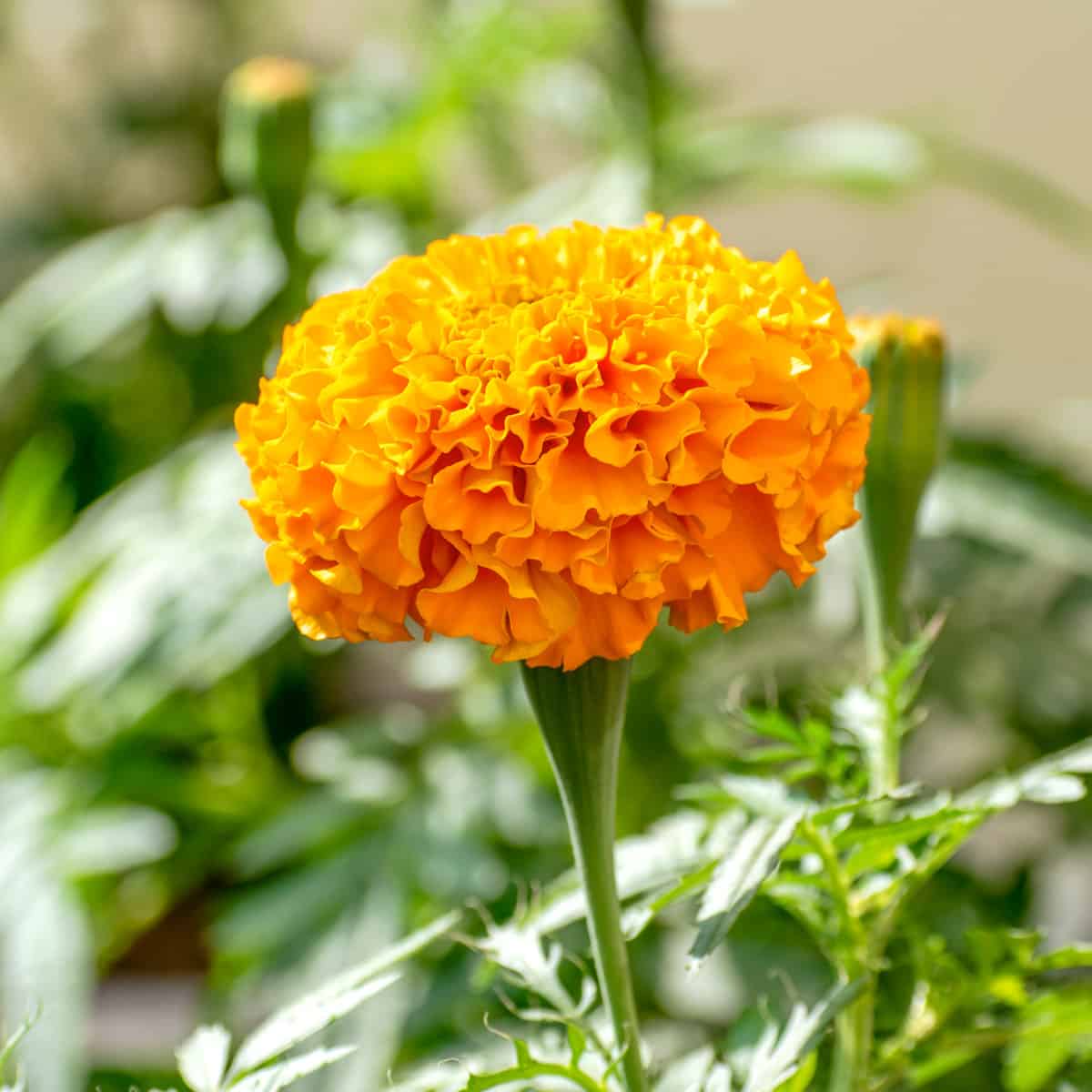
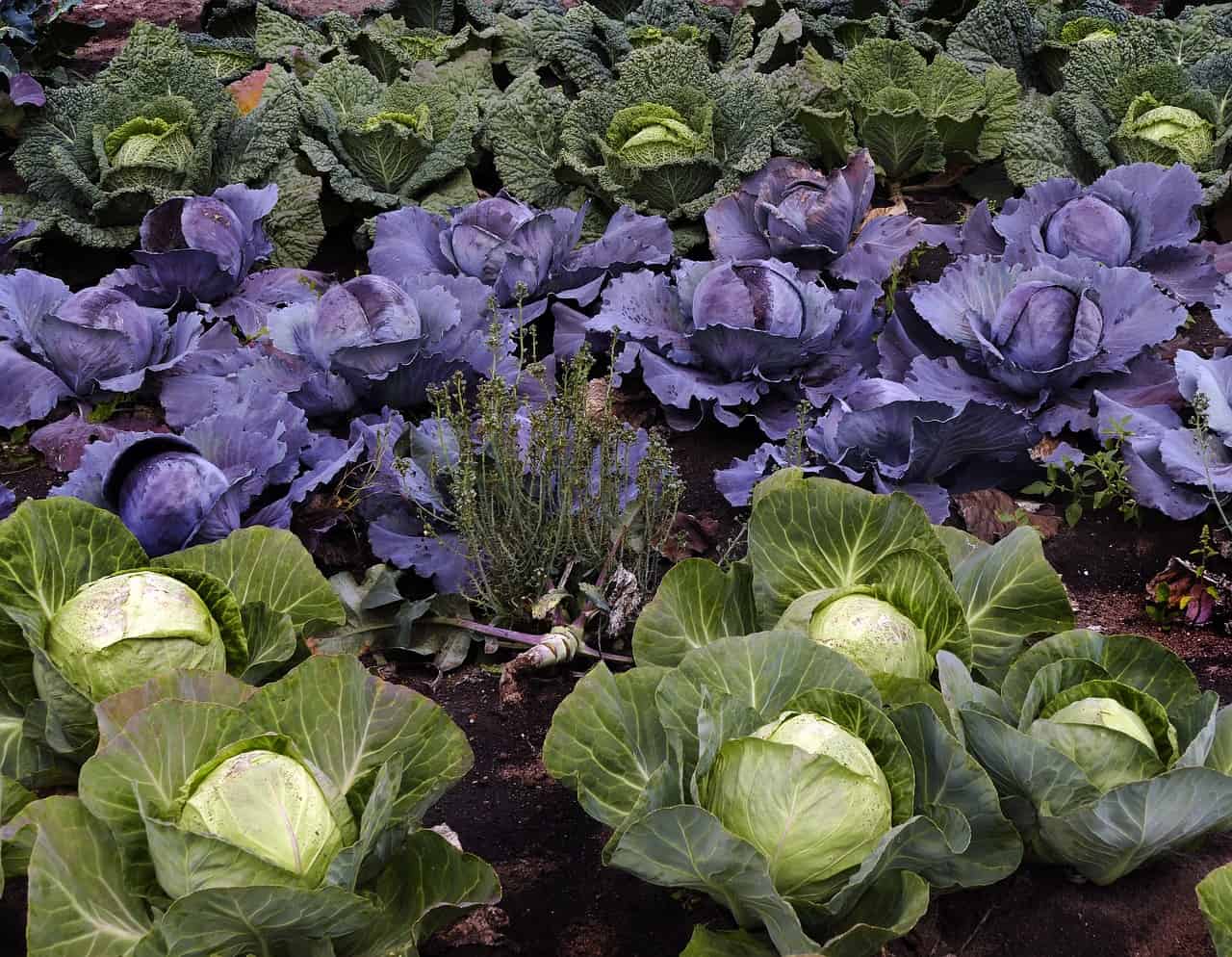
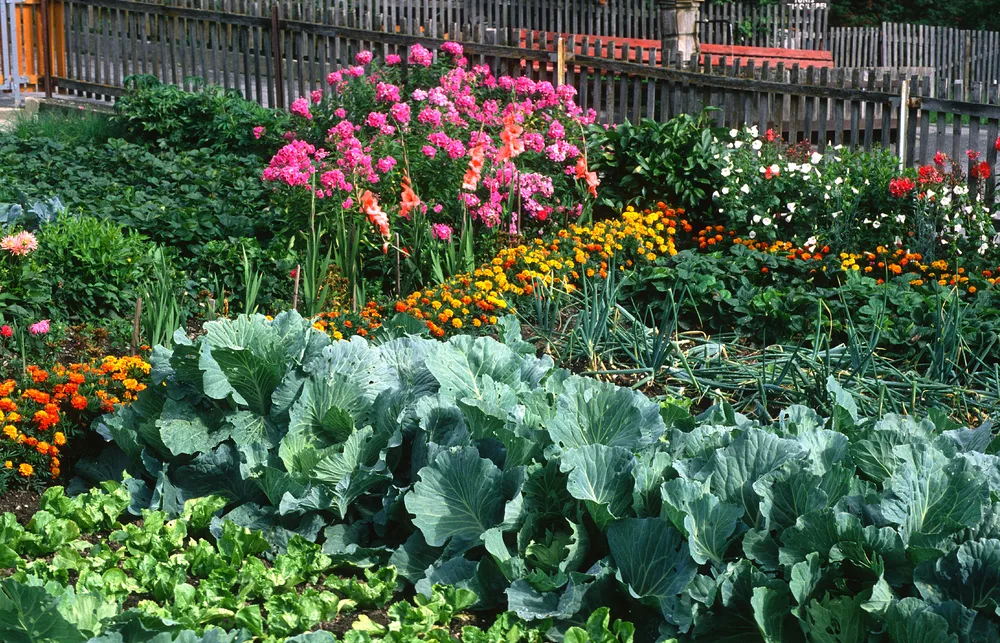
Post a Comment for "The Ultimate Guide To Companion Planting Brassicas"